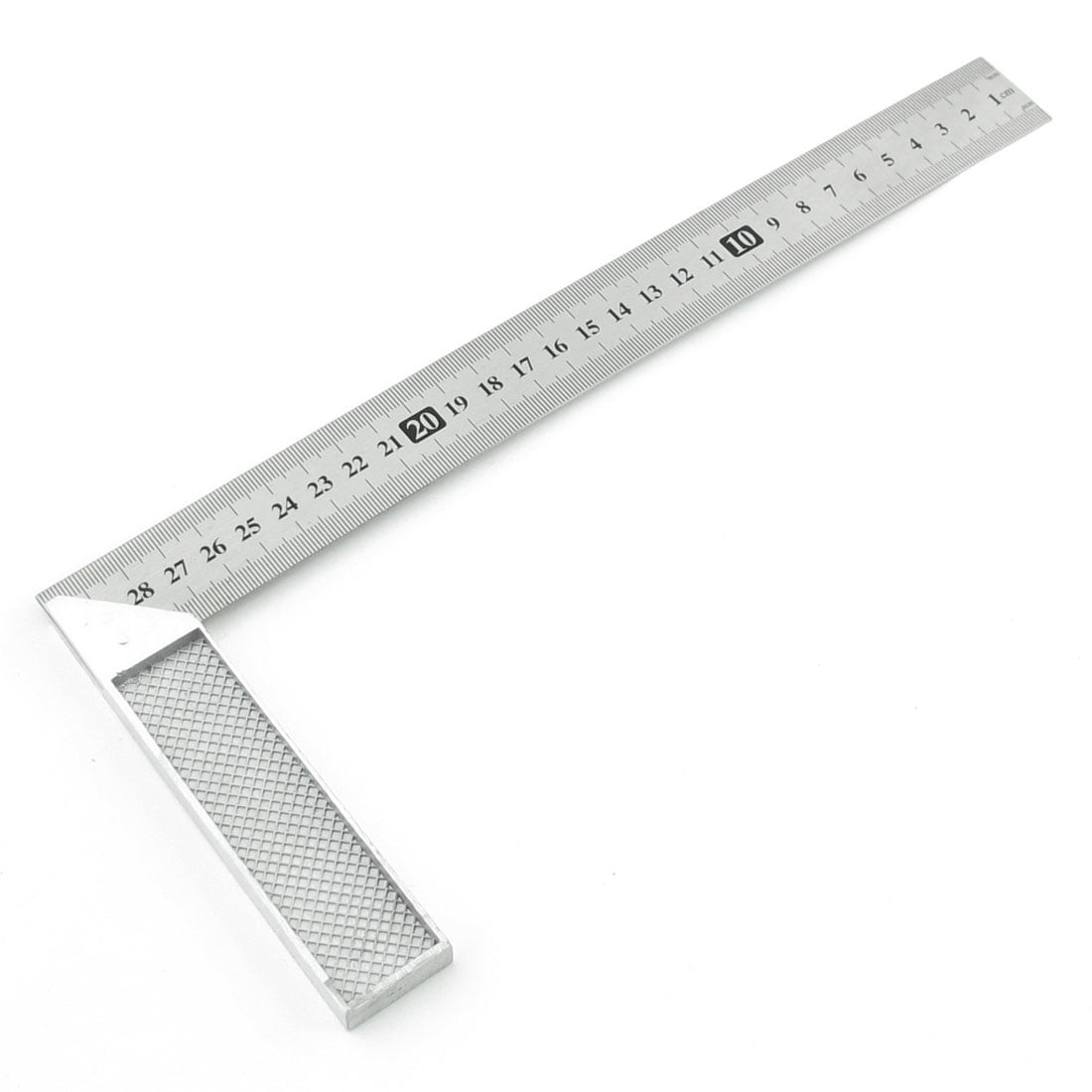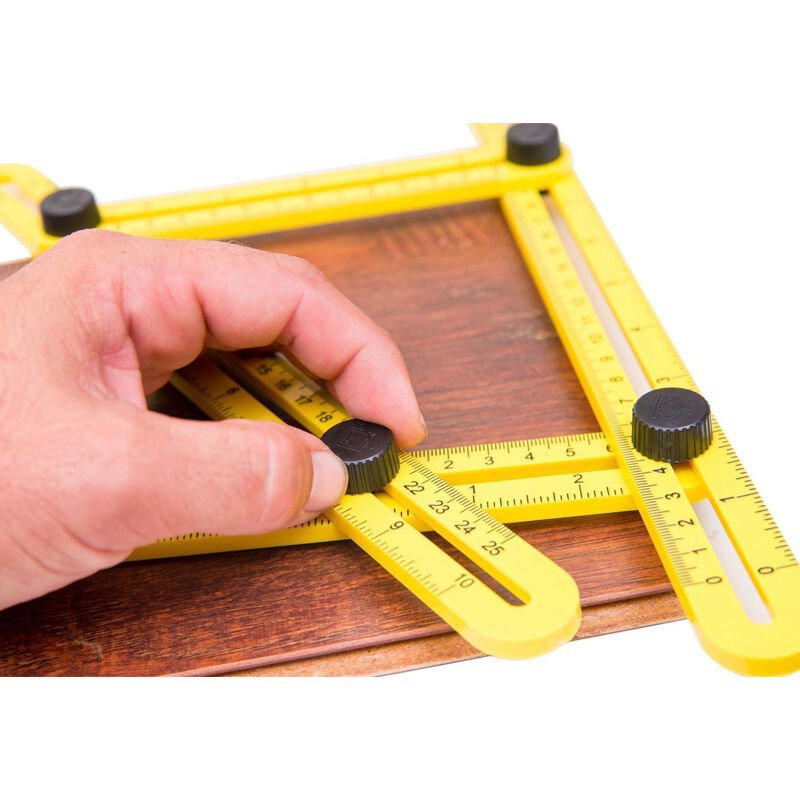


While a protractor can be used for both constructing and measuring, a compass is mostly used for constructing an angle. For example, while measuring in the revolution we can say a right angle is a quarter of a circle while in degrees an angle is read as a right angle is 90°.Īn angle is measured by using two geometric tools - a protractor and a compass. Along degrees, the revolution also is the unit of 360° as an angle is basically a subdivision of a circle rather than the sum of a few degrees. Revolution is the simplest form of measuring angles. Half a circle is 180° which is π radian and one complete revolution is 2π radian. Radian is denoted as rad or c and is written as 1.7 radians or 1.7 rad or 1.7 c. In other words, a radian is an angle subtended by the arc of the length of the radius of the same circle at the center and the ratio will give the radian measure of the angle. By definition, a radian is the ratio of the length of the arc that the angle subtends of a circle, divided by the length of the radius of the same circle. Radian is another unit of measurement of an angle and is used in place of degrees when the angle needs to be measured in terms of radians. And is read as 30 degrees, 45 degrees, 90 degrees, etc. The different angles with different degrees are 30°, 45°, 90°, and so on. A circle completely rotates at a 360° and a degree is a part of that 360° rotation as it is divided into 360 equal parts.

Degreesĭegree is the unit of measure of an angle and is measured by using the geometric tool - a protractor.

Let us see what these three ways of measuring angles are. Measuring angles is done in three ways - degrees, radians, and revolution. A protractor helps in providing the exact measure of the angle and a compass helps in constructing the angle. These tools help in finding the exact measure of an angle. These increased capabilities make it possible to construct otherwise unconstructible numbers, but are at odds with the typical understanding of “straight-edge and compass” in the mathematical community.Measuring angles is done by using basic geometric tools like a protractor and a compass. The answer by Viking uses a more physical interpretation of the ruler, and also allows for incremental adjustments (sliding the ruler). Which toolsĪll the above refers to the canonical interpretation of ruler and compass, where the ruler may only be used to connect two points, or to extend a segment. In fact $k=2^3\cdot3\cdot5=120$ leads to $3°$ as the smallest integer number of degrees which can be constructed.Īlso see the Wikipedia or MathWorld page on constructible regular polygons. For $k=360=2^3\cdot3^2\cdot5$ all the prime factors are indeed Fermat primes, but the exponent at $3^2$ is a problem, making this non-constructible. The accepted answer there points out that $k=2^\alpha\cdot p_1\cdots p_s$ works if all the $p_s$ are distinct Fermat primes. I hadn't looked at this when I first wrote my answer, but the comment by points out Can a circle's circumference be divided into arbitrary number of equal parts using straight edge and compass only? That question essentially asks whether one can construct $360°/k$ for arbitrary integers $k$, so you are dealing with the special case $k=360$. That line would have a distance from the origin which is You could draw a line through the resulting point perpendicular to one of the legs of the angle. Then you could simply add that angle to itself a number of times to end up with $40°$. Suppose you could construct $1°$ in the unit circle.


 0 kommentar(er)
0 kommentar(er)
